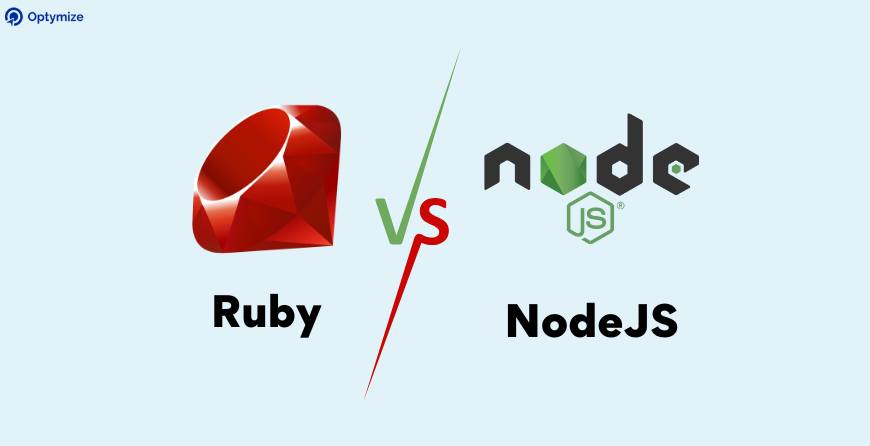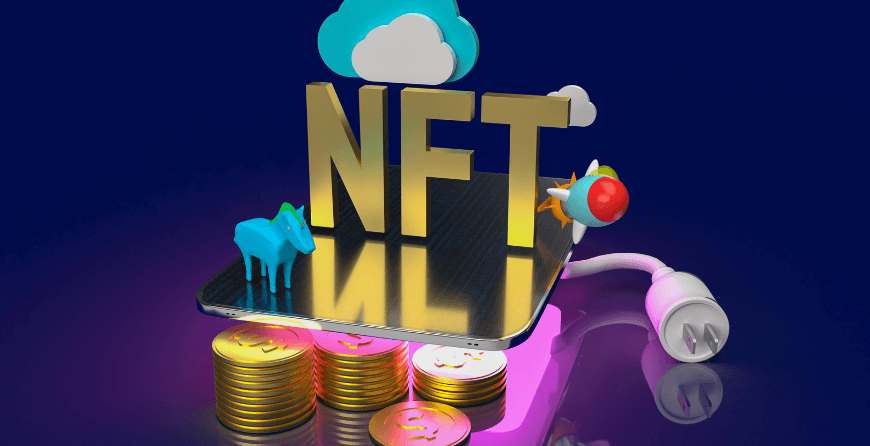What is a Framework?
As a programmer or developer, you should not waste time by writing code for software from scratch. The framework is such an innovation that allows the developers to work with in-built tools. This process dramatically reduces the production time. A framework is a software that is properly optimized, robust, versatile and efficient.
If you use a framework, you will be able to focus more on high-level functionality of the software you will be creating rather than low-level functionality such as syntax and format.
What is PHP Framework?
A PHP framework is the platform that helps the PHP developers to create dynamic PHP applications. It offers libraries and functions so that the development process is smooth.
When PHP Frameworks Are Useful
- For projects with dynamic content that are more or less standard, such as social networking, online stores, news portals, and so on.
- For applications that can scale easily from start-up to globally popular services without requiring major code changes.
- When building multiple applications, the modularity and reusability of code components such as controllers and views can be helpful.
- For real-world development with shifting deadlines, staff turnover, and customers.
1. PHP Framework Laravel
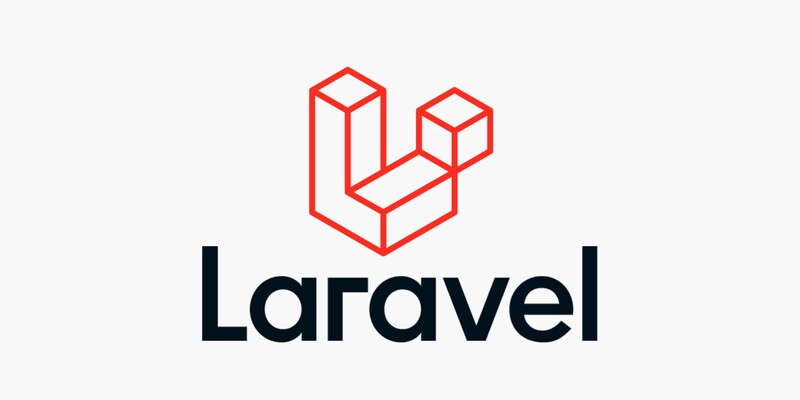
If you are looking for the best PHP framework then Laravel is the one. This PHP framework is used for the development of web applications. Laravel offers stunning syntax that makes the development exciting, enjoyable and fulfilling. Laravel’s components provide solutions to common tasks of a web project such as database interaction, authentication, etc.
Laravel is designed to make the development process enjoyable for developers. It equips its developers by providing simple, clear and beautiful features.
Key Features:
- Laravel supports MVC Architecture that ensures to separate the business logic and presentation layers. Performance, security, and scalability are some of the results of MVC pattern.
- Laravel provides built-in templates that helps in creating dynamic layout.
- Laravel provides libraries that enhances the performance of the application exponentially
Some Key Packages of Laravel:
Octane
If you want to enhance your web application’s performance by using high powered servers such as Open Swool and RopadRunner, then Octane is the package you should have. It helps your web app to start once and keeps the information in memory and process the requests at lightning speed.
Laravel Breeze
Laravel Breeze is a minimal implementation of Laravel’s authentication features. It enables the features, such as login, registration, password reset, email verification, and password confirmation.
Laravel Telescope
This package is an excellent addition to your Laravel development environment. Telescope provides information on incoming requests, log entries, database queries, mail, notifications, cache operations, scheduled tasks, and other metrics.
2. PHP Framework Symfony

Symfony is the one PHP framework that is used by many enterprises for large scale applications. Spotify, Vogue, and Daily motion are the users of symfony php framework.
Symfony is a full-stack development framework made up of PHP classes that interact with one another. It gives developers an architecture, components, and tools to make it easier for them to build complex web applications faster. Symfony is the result of many years of development. It doesn’t reinvent the wheel; instead, it makes use of some excellent third-party libraries and adheres to the majority of best web development practises.
Key Facts on Symfony
- Symfony was created by Fabien Potencier at Sensio Labs, a French web development company.
- In 2005, Symfony was made available as an open source project.
- Symfony was inspired and built from the old Mojavi MVC framework. It also had some influence of Ruby on Rails.
Symfony Features
Symfony was created in order to meet the following criteria:
- On most platforms, it’s simple to install and configure (and it’s guaranteed to work on standard *nix and Windows platforms).
- Database engine independent.
- In most cases, it’s simple to use, but it’s still flexible enough to adapt to complicated situations.
- The developer only needs to configure the unusual, based on the premise of convention over configuration.
- Most of the web development’s best practices and design patterns are followed.
- Enterprise-ready—able to adapt to current information technology (IT) policies and architectures while remaining stable enough for long-term projects.
- With php, the code is very readable.
- For easy upkeep, the documentor’s comments are included.
- It’s simple to extend and integrate with other vendor libraries.
3. PHP Framework CodeIgniter
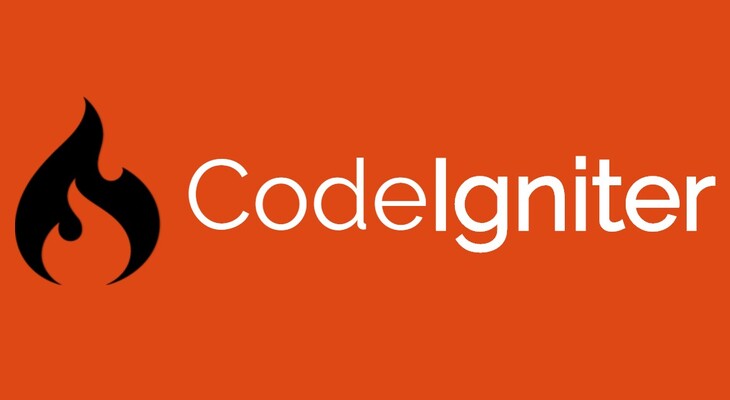
We want to write applications that work well and are as easy and simple to write as possible. CodeIgniter is a PHP framework that makes it easier to work with PHP.
If you’re already writing PHP code, CodeIgniter will make it easier and more efficient. It will reduce the amount of code you have to type. It will be simpler to read and update your scripts. It will assist you in creating a logical structure for large websites. It will make your coding more disciplined and robust, sometimes without you even realizing it.
Singleton is a design pattern that is heavily used in CodeIgniter. This is a method of loading classes so that the same instance of the class is returned when it is called multiple times. This is particularly useful for database connections, as you only want to make one connection each time the class is invoked.
The Active Record pattern is also implemented in CodeIgniter. This makes it easier to write complex SQL queries and improves the readability of your application. Active Record also makes swapping and changing database drivers a breeze. This function will allow you to write PHP queries using a MySQL backend. It will also help you switching to an Oracle database without having to rewrite your application’s queries.
CodeIgniter also includes a number of useful libraries and other functions to aid in the development of your applications. This frees you up to concentrate on the parts of your application that are unique to you, rather than the parts that are common to all projects, such as database queries and data parsing.
4. Yii (Framework)
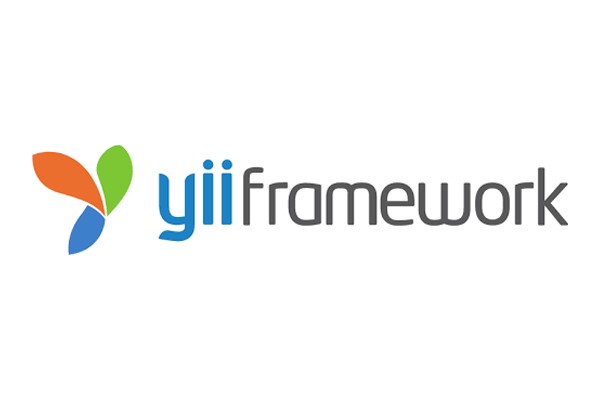
Yii offers components, a bundle of code used in solving specific tasks. It is one of the main reasons for using this PHP framework for building large-scale Web applications with high performance. It also allows developers to maximize reusability in web programming, dramatically speeding up the development process. Yii (pronounced /i:/) stands for simple, effective, and extensible.
Yii is a general-purpose web application framework. It can be used to create almost any type of web application.Due to its light weight and sophisticated caching solutions, it is especially well suited for developing high-traffic applications such as portals, forums, content management systems (CMS), e-commerce systems, and so on.
Yii outperforms other PHP frameworks in terms of efficiency, feature set, and documentation. Yii was built from the ground up to be suitable for serious Web application development. It’s not a byproduct of a project or a collection of third-party contributions. It is the result of the authors’ extensive Web application development experience, as well as their research and reflection on the most widely used Web programming frameworks and applications.
Why choose Yii?
- Yii supports MVC structure
- Yii provides simple and elegant way to write code
- It is a full-stack framework with many features
- High performance
- Extremely extensible
5. PHP Framework CakePHP
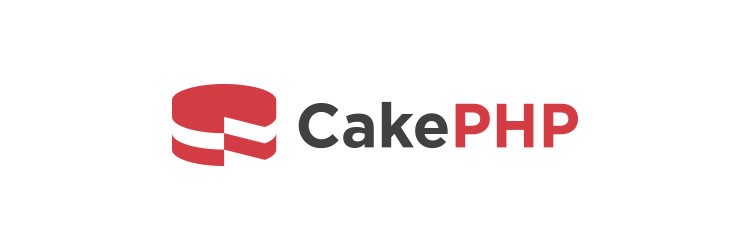
If you are in need of a PHP framework for rapid development then CakePHP is the framework for you. It is both open-source and free.
It is a basic framework that programmers can use when building web applications. CakePHP’s main goal is to allow developers to work in a structured and efficient way while maintaining flexibility.
Here is a brief overview of what you will get from CakePHP:
- Active developers community
- Flexible licensing
- Integrated CRUD for database interaction
- Application scaffolding
- Code generation
- MVC architecture
- Built-in validation
6. Fat-Free Framework for PHP
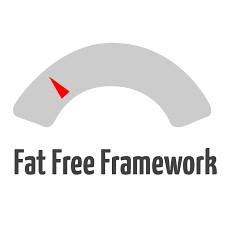
The fat-free framework is commonly known as F3 by the PHP developers. This framework was built entirely using PHP and engineered specifically keeping user experience and usability in mind. It offers various functionality and optional plugins to enhance the usability.
You can transform a fat-free framework into a custom PHP framework by integrating these optional plugins into the main repository. Some of the optional plugins are Template engine, Unit testing toolkit, image processor, Geodata handler etc.
PHP Framework Tutorial
All these frameworks provide detailed documentation on how to use them. Even then we need something extra to learn more and quickly. This section will introduce you to some of the cool PHP Framework tutorials.
Laravel: This guide will offer installation instructions to API integration documentation including architecture concepts, database, packages and more.
Symfony: This guide focuses on both basics and advanced subjects related to PHP development using symfony.
CodeIgniter: Some of the topics included in this guide are: Installation, Tutorial, Library References such as email and encrypt class, Database references like Query Caching.
Yii: This guide has dedicated sections on different topics such as Application structure with application components, widgets and extensions. Just like these other chapters include request handling, data displaying, security and web services with several micro topics within them.
CakePHP: This installation guide will take you through utility classes, plugins and packages and appendices.
Fat-free Framework: This user guide has 12 chapters. If you want to enhance your PHP development skills then finishing a user guide like this is a must. The chapter titles include: Routing engine, framework variable, databases, optimization etc.
Conclusion
Using a framework is always a good idea if you want to cut down on the time you spend developing PHP web applications.
The framework you choose will be determined by the type of app you’re creating. Make sure you have a good understanding of PHP and the underlying concepts behind frameworks, such as MVC architecture, object-oriented syntax, databases and ORMs, and the command line, in order to get the most out of a PHP framework.




